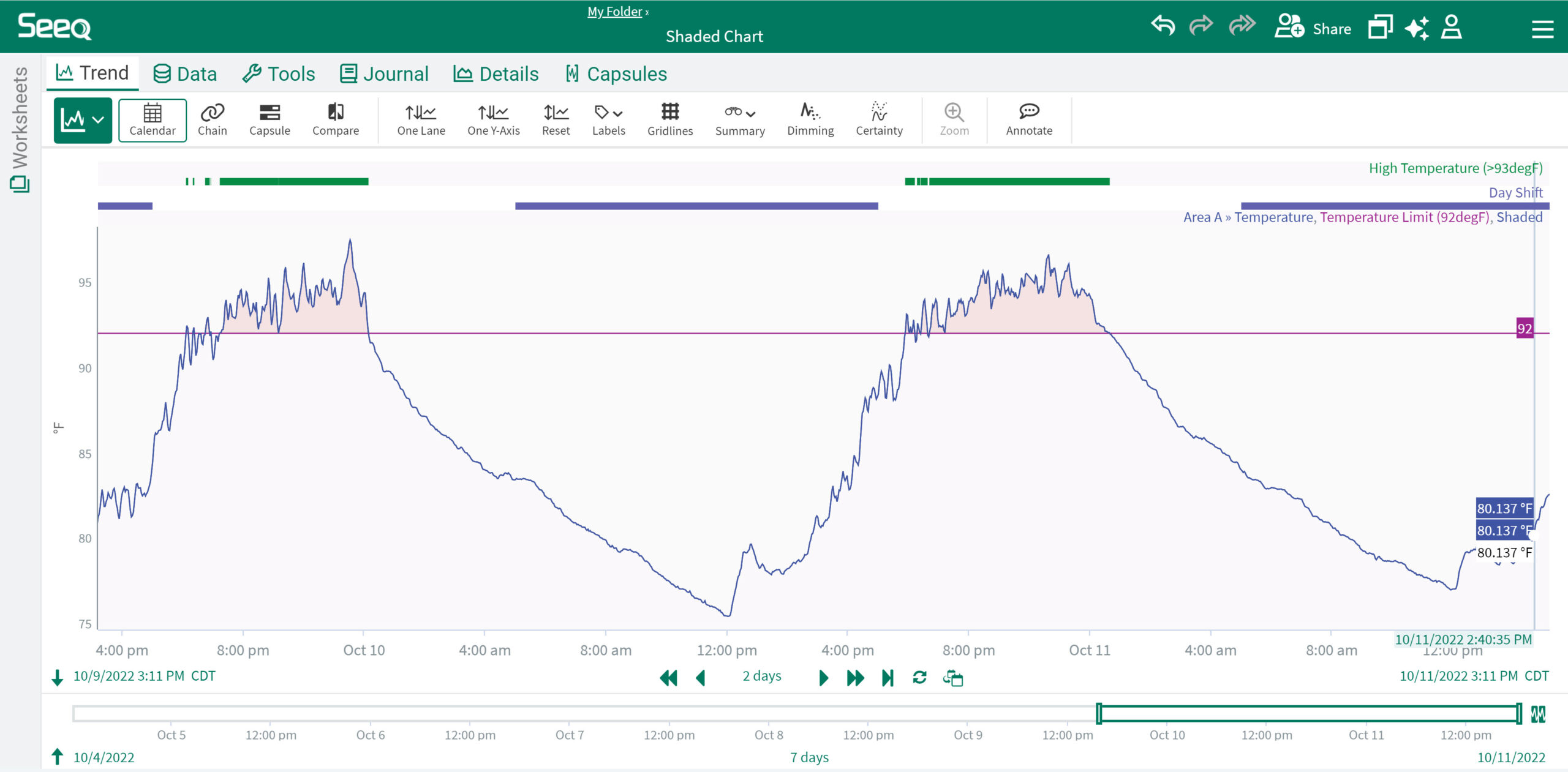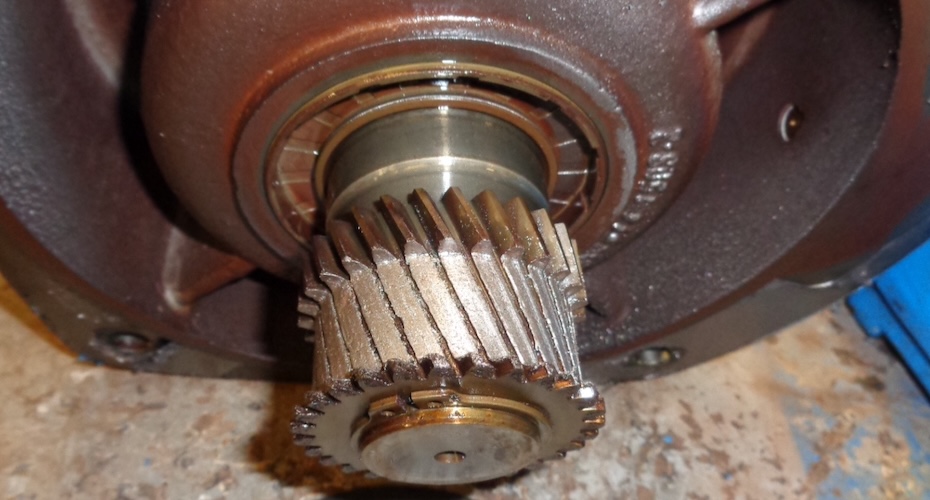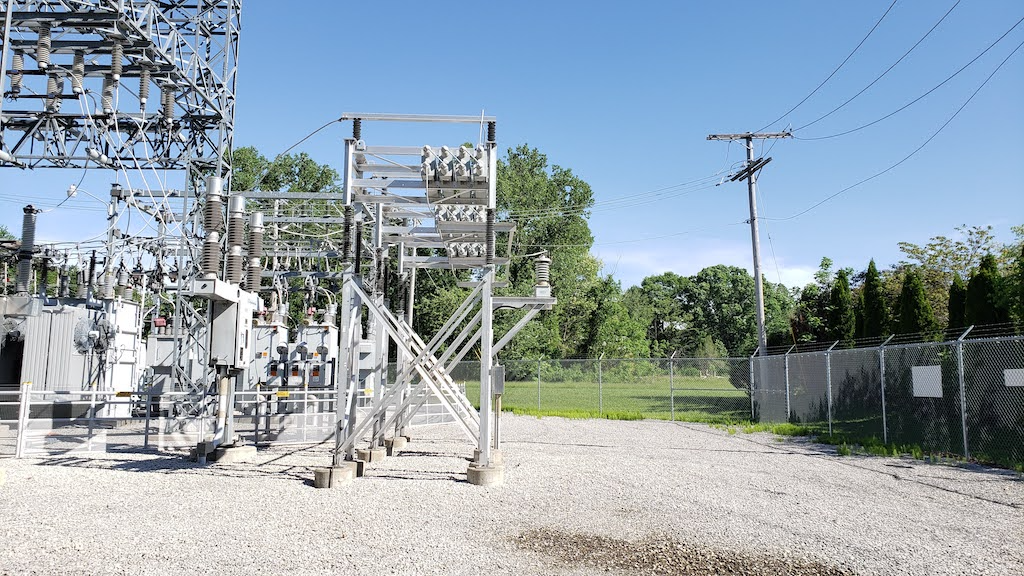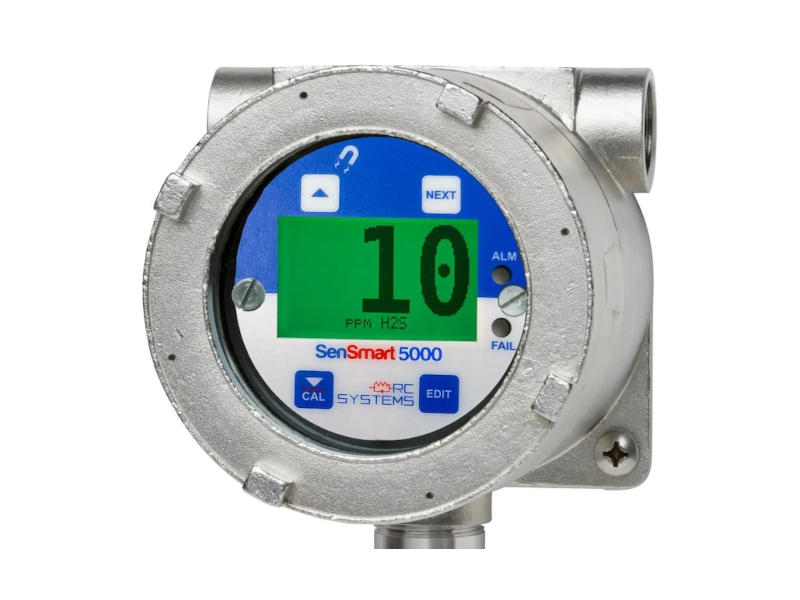World-class organizations, by and large, are implementing programs for total productive maintenance (TPM). With effective leadership, high-performing infrastructure and specialized experts on staff to address any and all needs, your business can do more than just fix problems.

World-class organizations by and large are implementing programs for total productive maintenance (TPM). With effective leadership, high-performing infrastructure and specialized experts on staff to address any and all needs, a business can do more than just fix problems. You can prevent them and add efficiency to your operations.
Before your organization dives into TPM implementation, however, it’s crucial to understand the costs and benefits associated with such an undertaking. There are costs—both in terms of time and manpower—in the beginning, no doubt. But it’s also a move that should ultimately prove productive for any manufacturer that’s willing to stick with it and see it through.
Weighing the costs of TPM implementation
Marshall Institute, an asset management consulting and training company, has found that while TPM implementation has its benefits, there are financial drawbacks at first. Companies can expect an increase in training costs of 10 or even 20%, plus another 15% for additional maintenance costs.
It’s not uncommon for these costs to lead to budget overruns in the immediate aftermath of a new implementation. Typically, though, these blips last for only a year, and certainly no longer than three. During this time, it’s advisable for companies to aim for 85 to 90 percent overall equipment effectiveness—if they can reach this level within a year of a new TPM implementation, it means they’re back on track.
Uncovering benefits in the long run
While TPM implementation has its initial costs, there are also tremendous benefits that should start to become apparent immediately. Companies who implement TPM should expect to see cost-saving opportunities that include longer equipment life cycles, simpler maintenance challenges and fewer logistical headaches for employees.
One common metric that companies use to measure their progress is mean time between failure (MTBF). Put simply, MTBF serves as tangible proof that your maintenance is getting better. If mistakes are fewer and farther between, that means your TPM implementation efforts have already paid off.
Understanding the major variables in play
What separates a successful TPM implementation project from an unsuccessful one? According to Marshall Institute, there are a few factors to monitor to keep tabs on how things are progressing. They include:
- How’s your equipment? What is its current condition, and how well is it being maintained over the long haul?
- What about your people? How skilled and experienced are they? What sort of knowledge do they bring to the table?
- Is there backing from leadership? Are your CEO, CFO and other executives committed to making TPM implementation work?
Not all implementation projects are created equal, but if an organization goes about it the right way, you should be seeing benefits before long.
—This article originally appeared on the Smartware Group blog. Smartware Group is a CFE Media content partner. Edited by Erin Dunne, production coordinator, CFE Media, [email protected].



